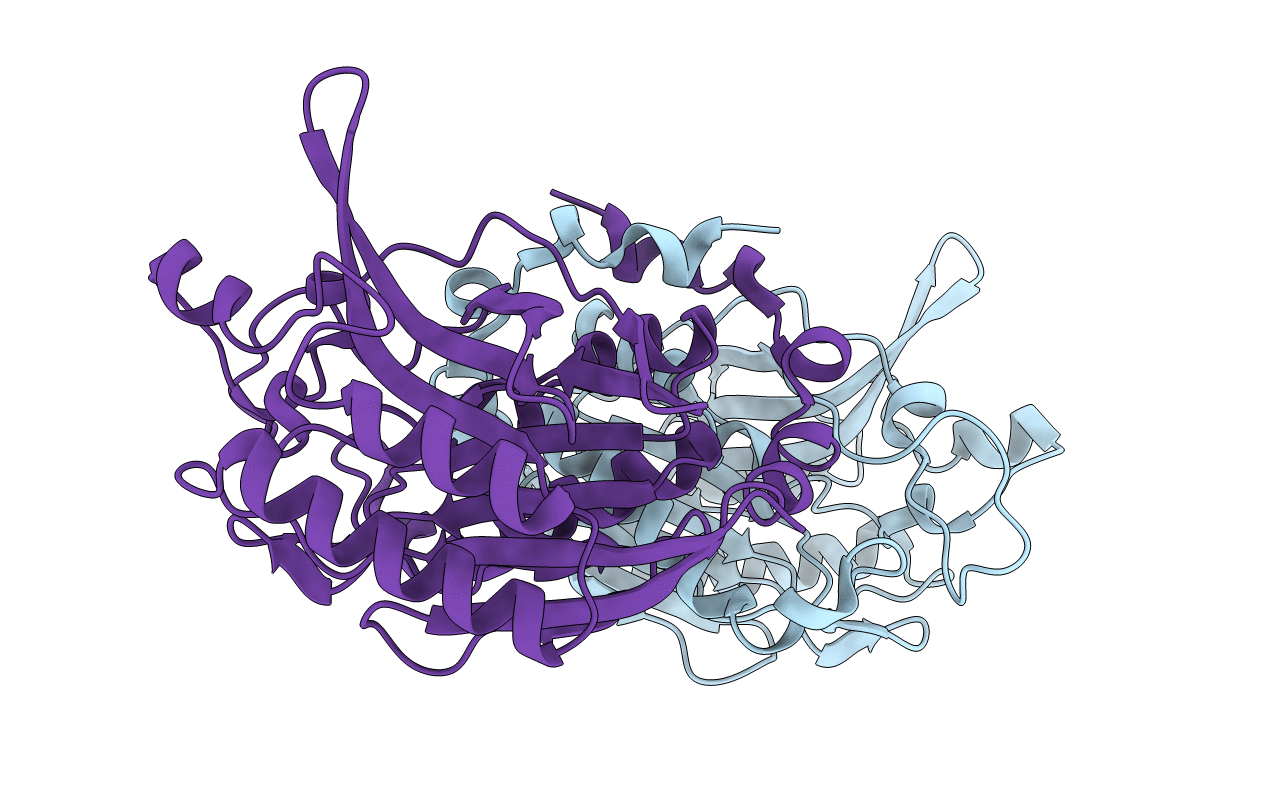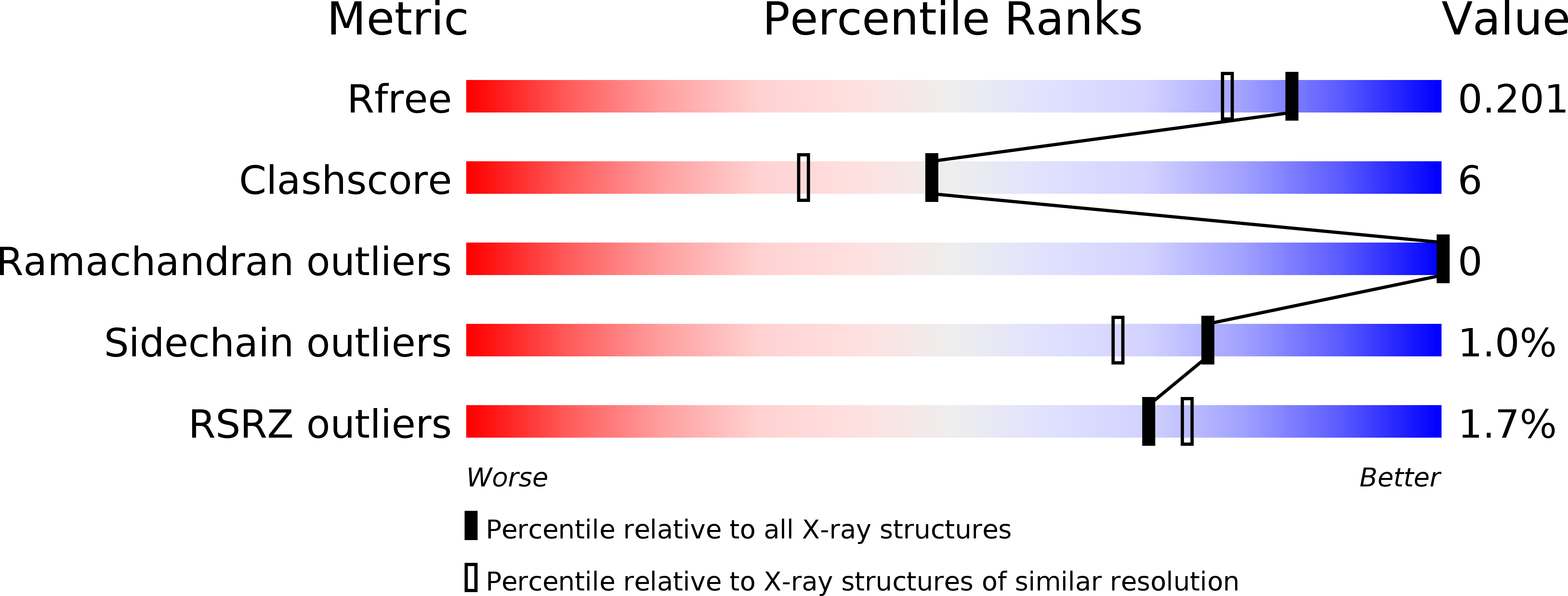
Deposition Date
2000-04-06
Release Date
2001-04-06
Last Version Date
2024-02-07
Entry Detail
PDB ID:
1ERZ
Keywords:
Title:
CRYSTAL STRUCTURE OF N-CARBAMYL-D-AMINO ACID AMIDOHYDROLASE WITH A NOVEL CATALYTIC FRAMEWORK COMMON TO AMIDOHYDROLASES
Biological Source:
Source Organism:
Agrobacterium sp. (Taxon ID: 252128)
Host Organism:
Method Details:
Experimental Method:
Resolution:
1.70 Å
R-Value Free:
0.20
R-Value Work:
0.17
Space Group:
P 21 21 2


